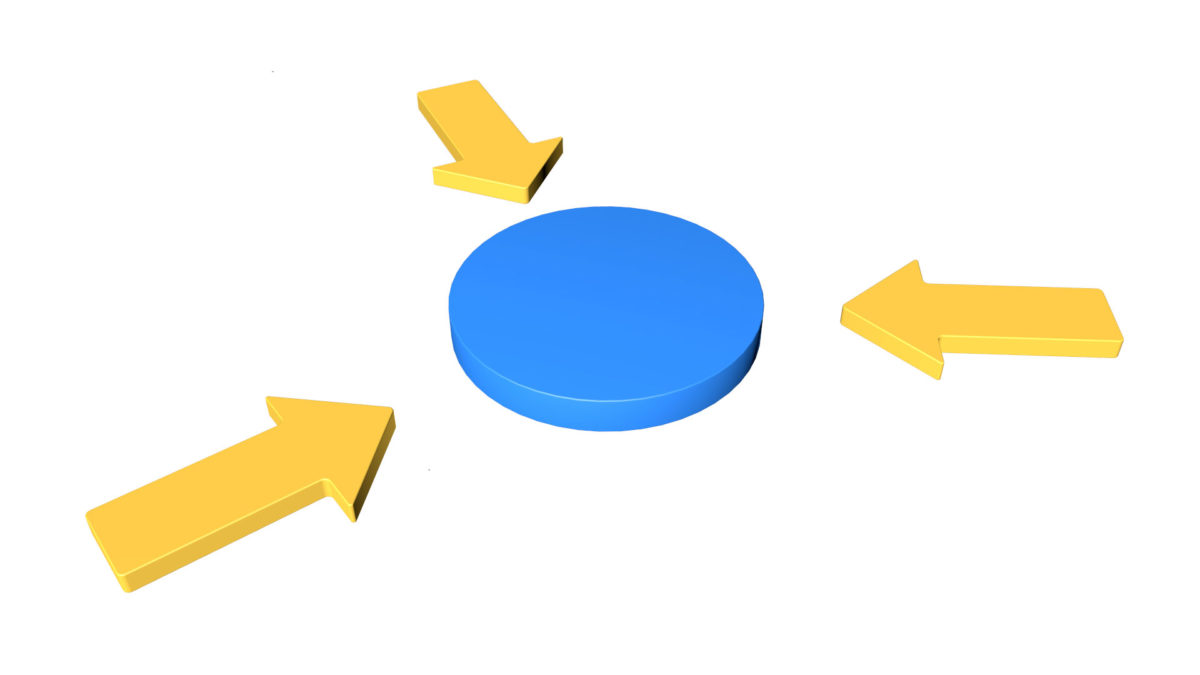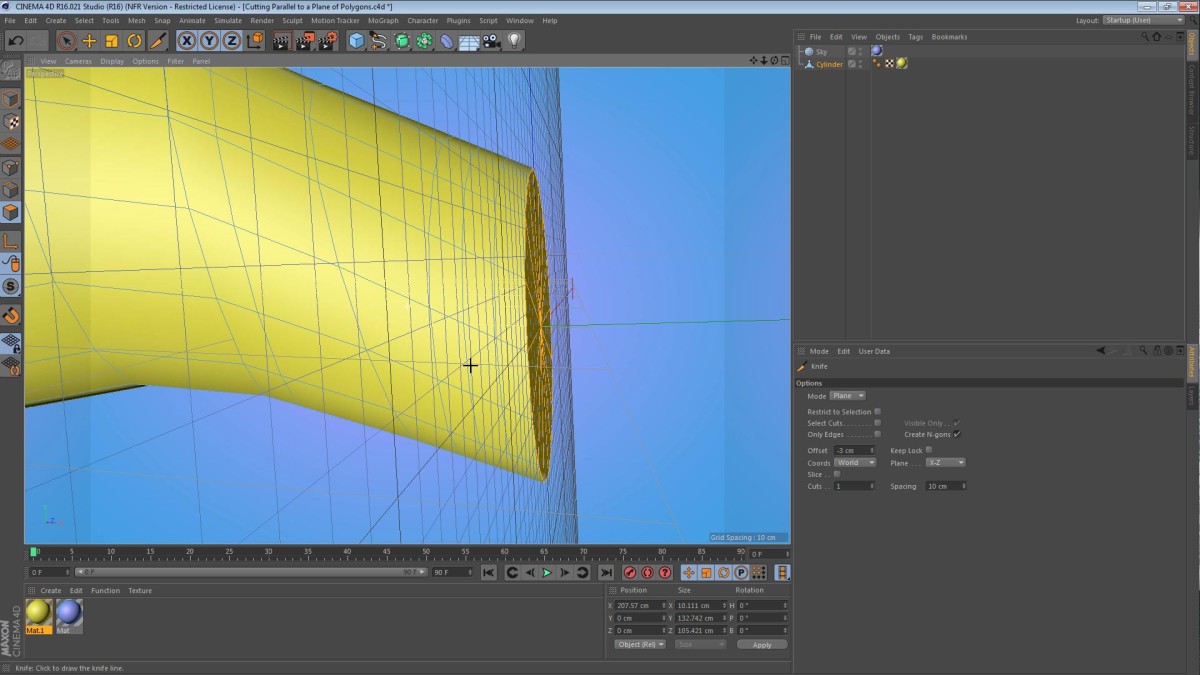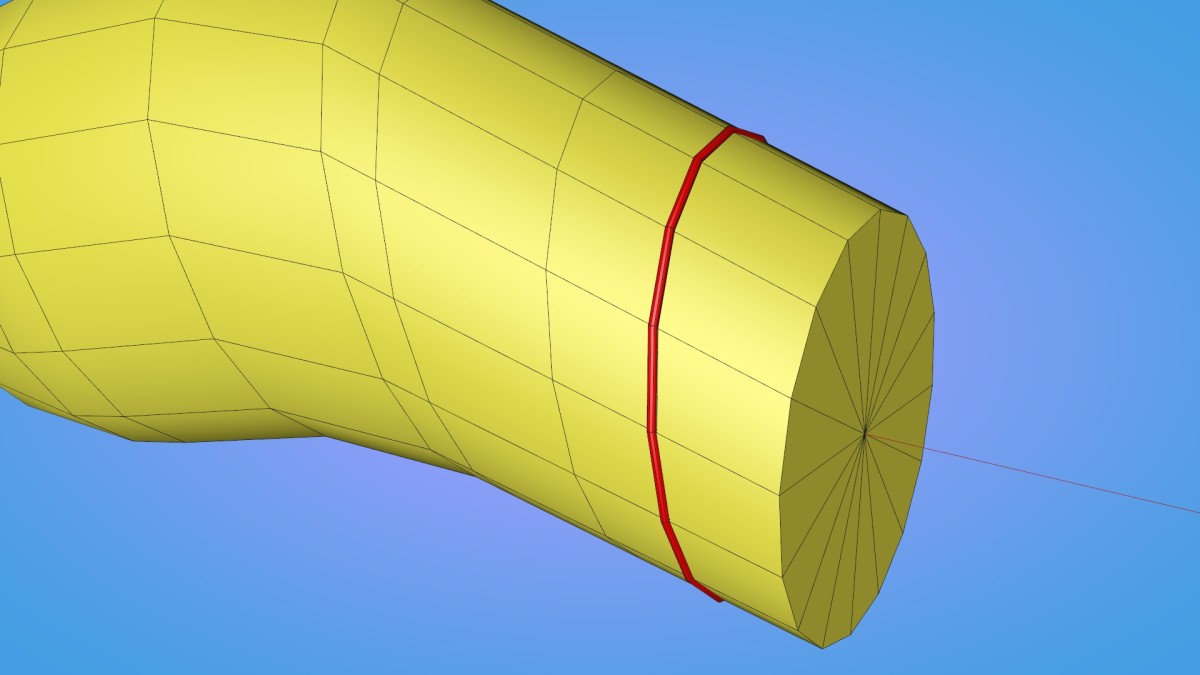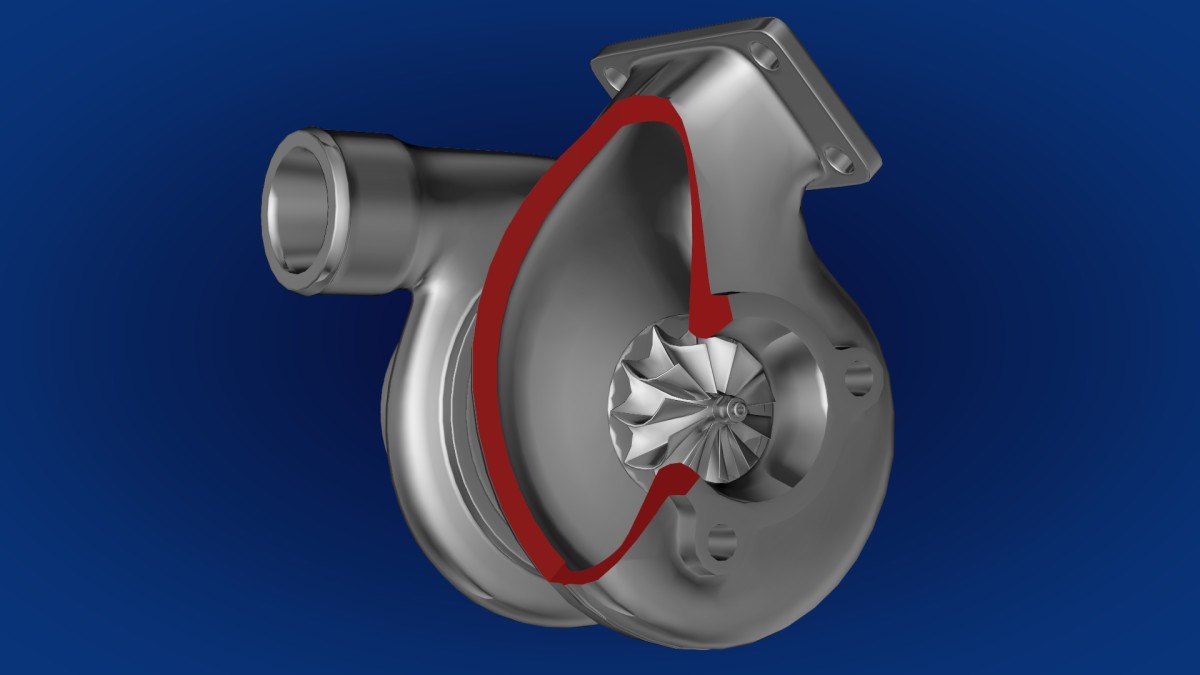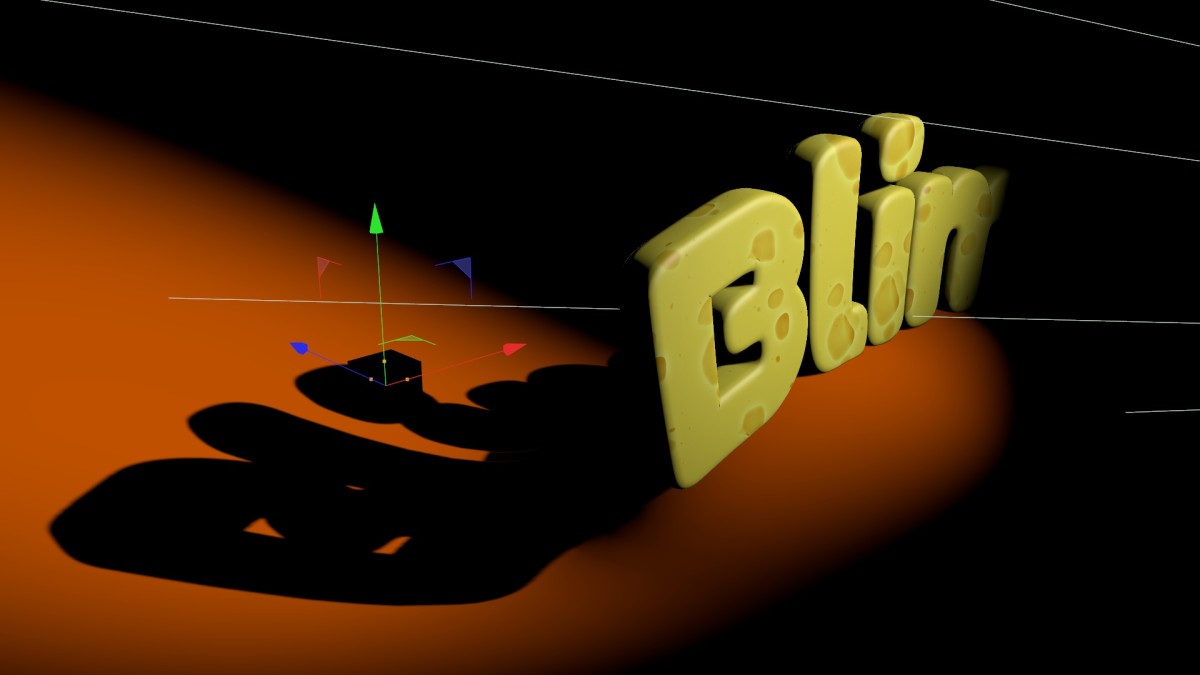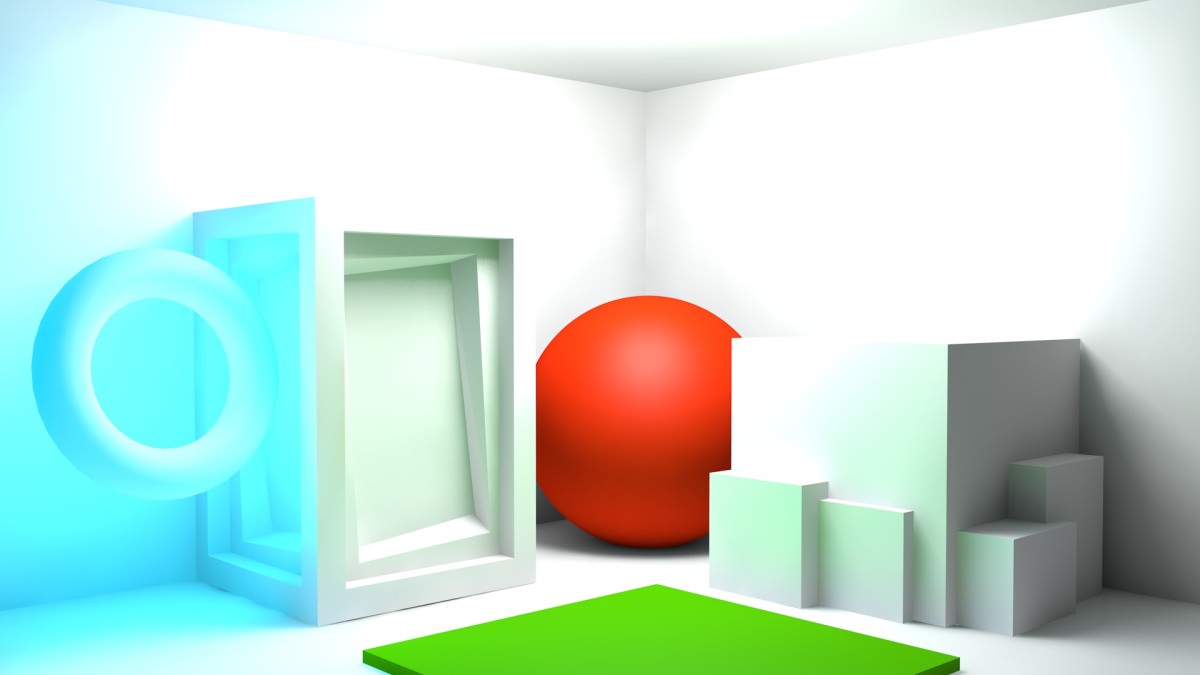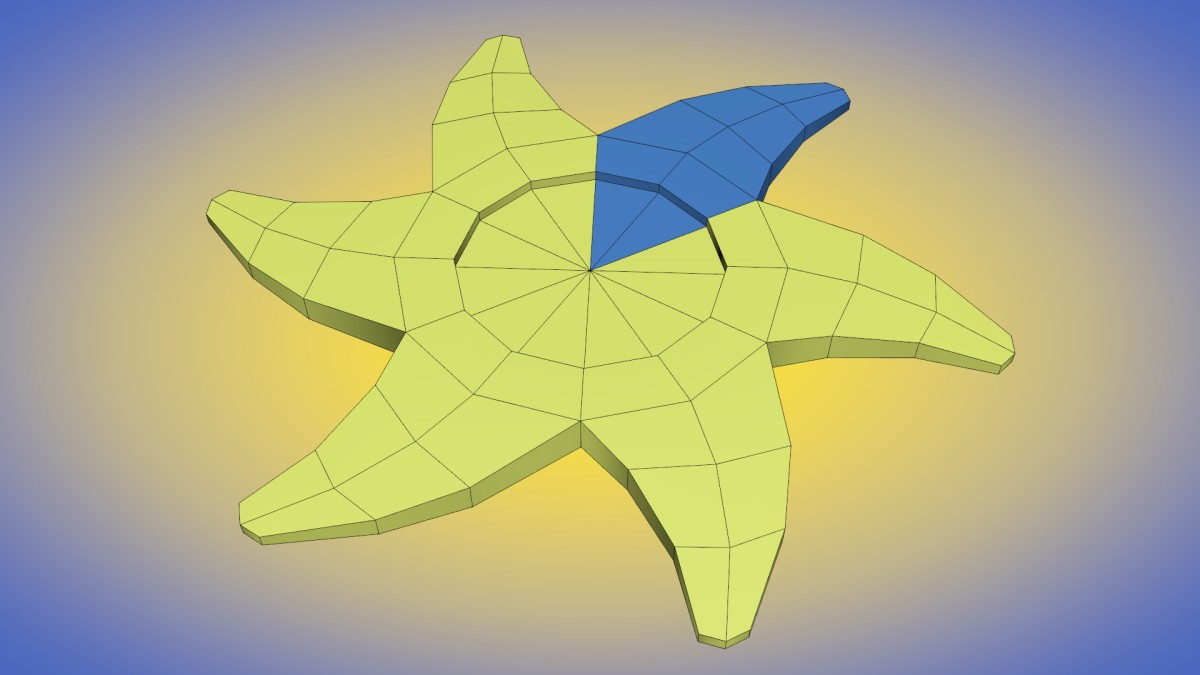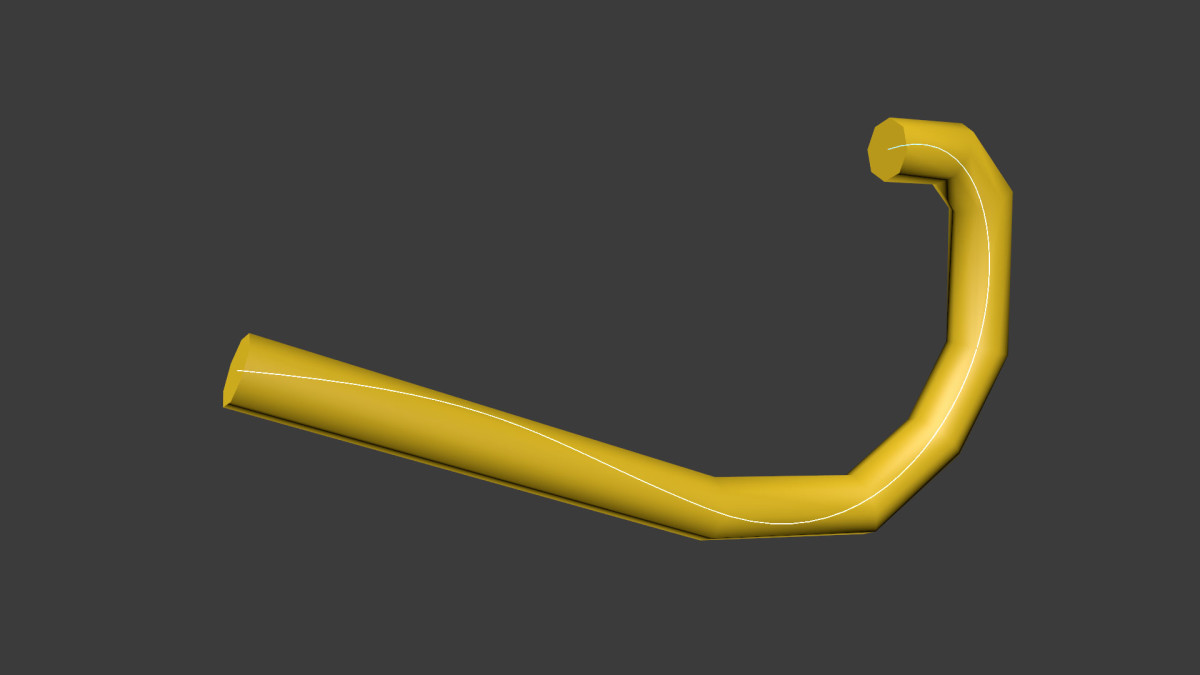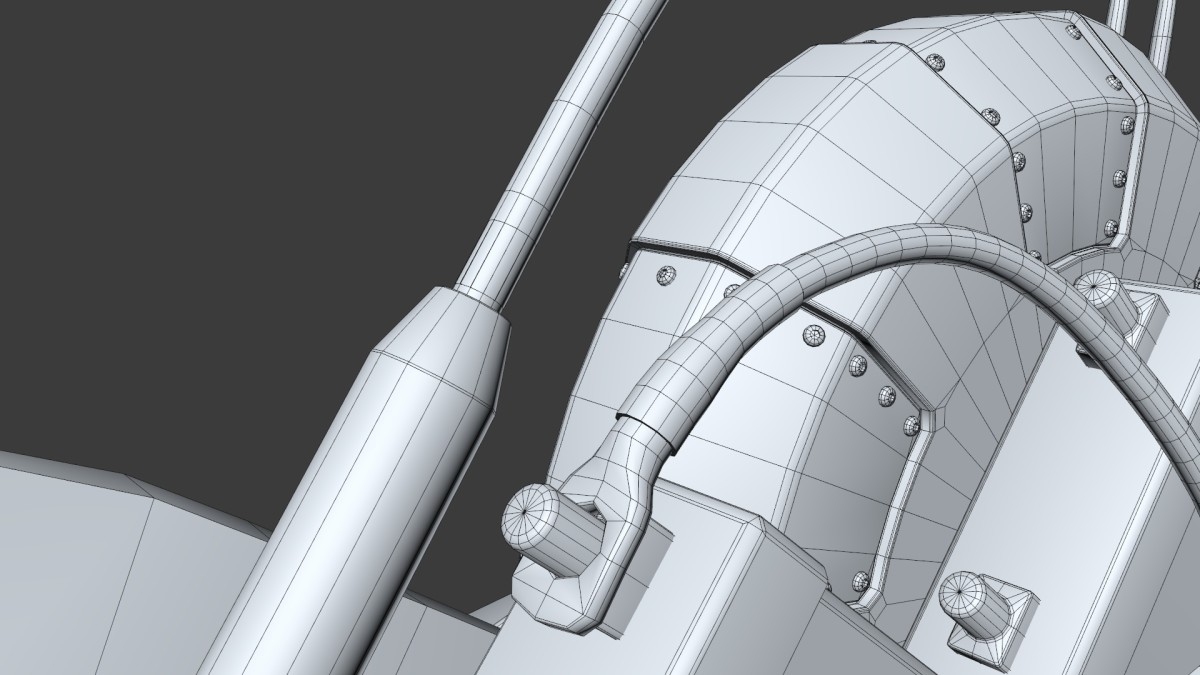I created a model of my bike (2014 FZ-09 also known as the MT-09) and made a few adjustments to it. Based on some input I got, I went with a Motodemic headlight and a different exhaust as the factory exhaust is one of the weaker visual elements of the bike. Because my reference material was mixed, I decided to include things that are not on the 2014 model such as ABS.
The bike and the engine are both available from Sketchfab under the CC-BY license, so that means that as long as you credit me in any work, it’s free to download and use!
These models were created in Blender as I’ve been exploring it for the past year or so. Many of my readers think of me as a Cinema 4D only modeler, but some of my bikes were created in Maya. I am really enjoying Blender as it provides a vastly different approach to some modeling tasks.

